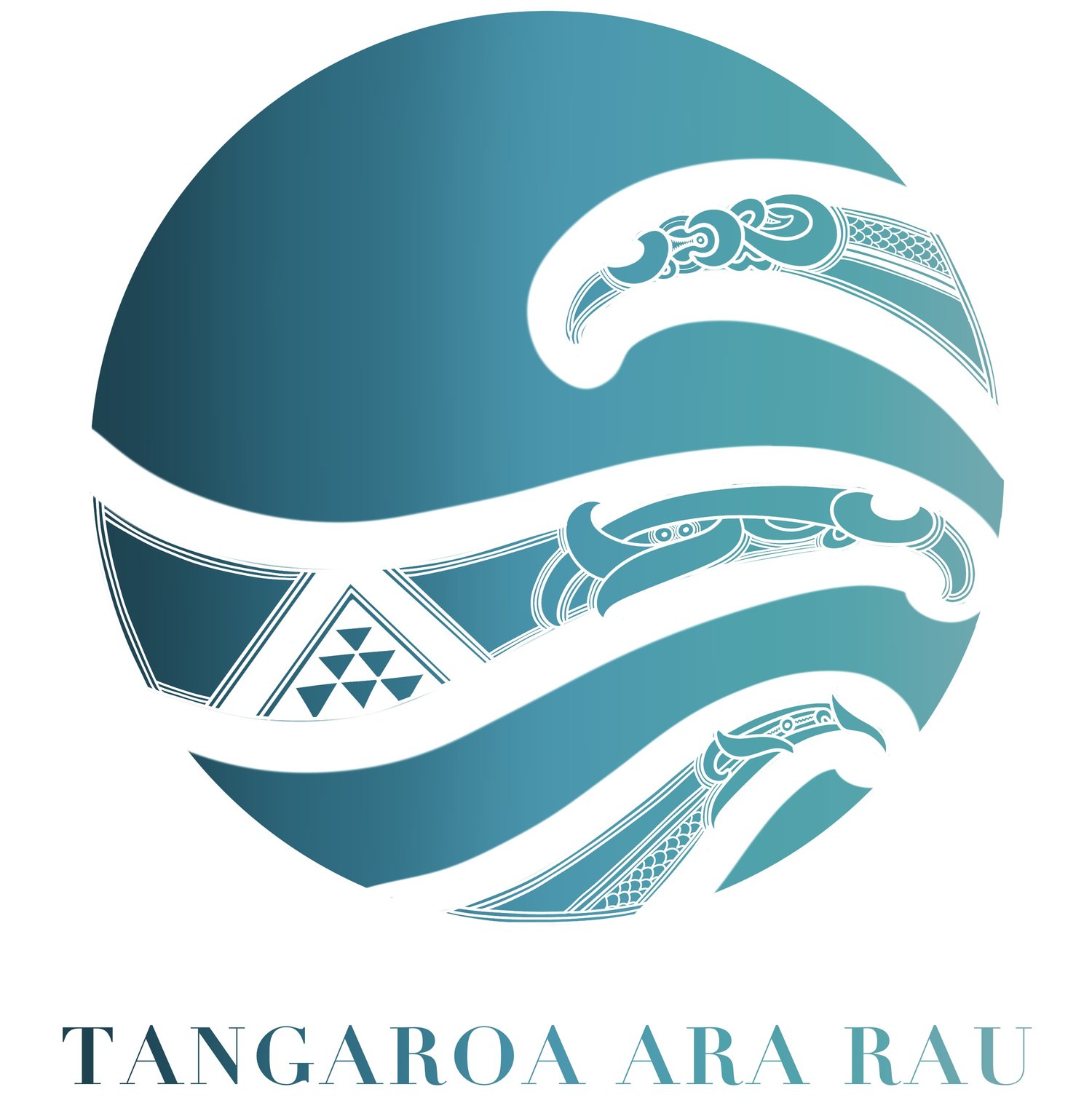Kauora - Ki te Pou o Tainui
Its Friday morning, the 3rd of March 2023 and we are all starting to wake up in the Kapumanawhiti whare tūpuna at Te Pou-o-Tainui marae. Anne-Marie begins to karakia as we start to let the fresh morning air through the front door. I can see the lights on in the wharekai, so I walk over to see my Dad and sister preparing breakfast, while my niece lies peacefully in her pram. The day has finally come, for the first time in the University of Otago’s history, a PhD oral defence will be held at a marae. It will be held here at Te Pou-o-Tainui, in Ōtaki.
Everyone is starting to get up, get showered, strip the sheets, pack up the mattresses and clean up the whare tūpuna before heading in for breakfast. The wairua of the room is calm, excited and ready for a big day. I look to my left and see the wharepiri, all dressed up with my Aunty Ha’s taonga, surrounded by photos of our whānau who have passed away. The wharepiri symbolises the importance of this day for our whānau, an expression of our wairuatanga, an occasion for the voices of Ngāti Kapu to be heard across the world.I’ve never been to a PhD oral defence, from my understanding they are usually held in a small room at the University with your examiners, convenor and supervisors. “But today, I’ll be standing in front of my whānau, my hapū, my friends, my supervisors, my convenor and examiners. on my whenua, in my whare, to defend a kaupapa that I have worked on for the past 3 years. It is frightening, but it's exciting. This is a reflection of how we do things as Māori.”
As the sun begins to rise, more whānau start to arrive. My pēpi comes crawling into his whare tūpuna, excited about the many expressions of his whānau that he gets to witness today. I’m sitting here, under the guidance of my tūpuna and my supervisors, finalising the last pieces of my presentation. It’s an emotional day as I look to my whānau over in the urupā who can’t be here ā tinana, I know they’re all watching, I can feel their wairua as I walk around. I see Grams and Uncle Peter sitting on the mahau, and in this moment I picture Mama and Aunty Borgia sitting there with them. I look around and see all the generations of my whānau sitting, talking, or working to tidy up the final touches of the marae before our manuhiri arrive. Professor Meihana Durie then walks through the waharoa, my examiner, but also someone who holds so much connection and knowledge to our whānau and our whakapapa here at Ngāti Kapu. It is in this moment that my anxiety and nerves begin to kick in. I realise that all these people are here to support me, an uri of Ngāti Kapu who completed her PhD, under the guidance of her whānau, her tūpuna and Professor Anne-Marie Jackson, to produce a kaupapa that will contribute to the mātauranga continuum of Ōtaki, of Ngāti Kapu and the wider iwi Māori.Our manuhiri are ready, our kaikaranga are ready, our whānau is ready, the pōwhiri begins. As Whaea Sonya and Erena karanga to our manuhiri, I see staff of the University of Otago and I see my friends walk onto our marae. Te Kura-ā-iwi o Whakatupuranga Rua Mano begin their haka pōwhiri and the mana of our rangatahi is felt as they wrap around our manuhiri. Uncle Heitia begins the whaikōrero, he talks about our whakapapa of Ngāti Kapumanawawhiti, he talks about the hopes and aspirations of achieving the taumata of a PhD today. I get up infront of everyone, in our wharepiri, amongst the taonga and my whānau ā wairua to share my PhD journey to creating kauora. Kauora is about connecting with our waterways through the lens of our ancestors and involves three key pou: kaukau (swimming as play), kauhoe (swimming as providing) and kautiaki (swimming as protection). Each of these pou in their unique elements contribute to enhancing whānau health and well-being through a strengthened connection to whakapapa. I share the story of my journey to understanding my personal connection with Ōtaki awa. I also share Mama’s story who is no longer here ā-tinana and her contribution to understanding kauora. Finally, my nephews stand up with me to share their connection with kauora and their awa. Kauora is a reflection of how we understand swimming as whānau in the past, present and going into the future. Kauora connects us to Ōtaki awa, and to all of our whānau and tūpuna who have bathed in these waters.It was my privilege to defend my PhD at home, at Te Pou-o-Tainui marae. My whānau and my hapū were involved. It created an element, where I, as a PhD candidate, but more importantly as a moko, niece, daughter, sister, partner and māmā got to speak for our awa, for our mātauranga, for our whānau and tūpuna.“We let the University and education system across the world know that kauora, is how we engage in the water, is how we as whānau and hapū, will flourish for generations to come.”
Kauora: A theory and praxis of swimming for Māori
Nā Terina Raureti i tuhiNei rā a Tangaroa Ara Rau e tū whakahīhī ana i a tēnei taonga o Ngāti Kapu, o Ngāti Raukawa, o Ngāti Rangitihi. Kua eke ki te taumata o te tohu kairangi kei mua i ona rahi - hei whakawātea hoki i te ara mō ngā tauira e whai ake ana
"Mai i Ōtaki awa ki te ao" If you would like to get in touch with Terina, or learn more about Kauora
contact us at tangaroaararau@gmail.com








